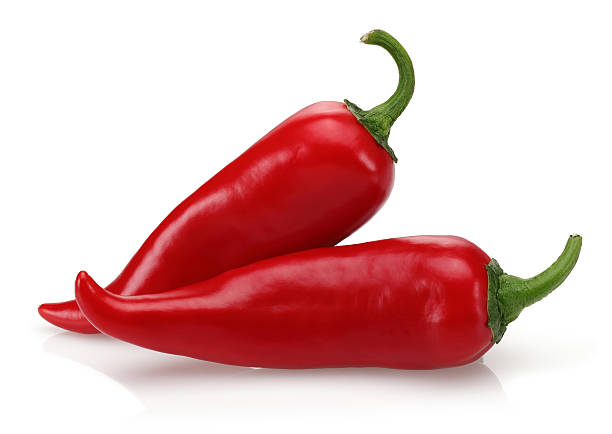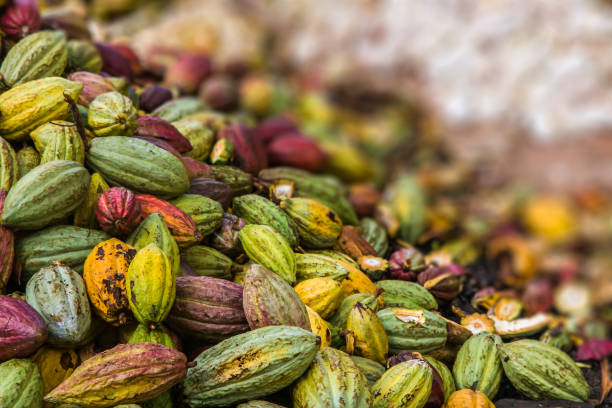The ongoing dispute over French wine between the United States, the European Union, and Canada shows no signs of ending. President Donald Trump warned in November 2018 that he would increase US duties on French wine. In the United States could make as many wines as those made in Europe. Not exactly the same types, but doubtless just as good.” Both Jefferson and Trump suggest that both the US and France produce excellent wines and that the US government may have a role in boosting domestic industry. It is another question and requires analysis of whether tariffs will be the best way to achieve this.
The same taxes, but different ones
The United States and the European Union have the largest agricultural trade. In 2018, EU wine imports from the US reached 5.6 million euros. This is nearly 27%.
The European Union and the United States have both imposed significant tariffs on imports of wine, but they are fundamentally different. EU tariffs are higher when it comes to bottled products, sparkling wines, and bulk wines. US tariffs are much higher. The trade in wine is also affected in both regions by “nontariff barriers”, which are a variety of domestic regulations and support measures. EU wine grape production is heavily regulated and has a long-standing history in the EU. In the US, state-level laws govern the sale and distribution of wine. This increases costs for EU exporters.
Published Tariff Rates remind us that European tariffs on sparkling wines and commercial premiums (low-value bottles) are higher. However, US average tariffs for bulk wine are higher.
USITC and TARIC Authors provided
The tariffs for bottled wines imported from the United States are indeed lower compared to those for bottled wines imported from France. However, the European Union decided the French tariffs, not France. The taxes apply to all non-EU countries that are members of the WTO, including the United States. The EU has reduced agricultural taxes in accordance with WTO rules that were agreed upon in 1995. These tariffs represent a reduction of at least 15 percent and, on average, 36 percent from pre-1995 taxes.
Winners and losers
Changes in tariffs between the US and EU can affect trade, and this will change the welfare of stakeholders in the sector. The US will increase taxes on French wine, which in turn increases them on wines from Spain and Portugal. This will ultimately increase the cost of importing wines into the United States. European exporters, US consumers, and US importers will bear the added cost.
In our 2018 research, we examined the impact of changes to US and European domestic regulations and tariffs on the major stakeholders in the wine sector. The results suggest that modest increases to US tariffs will increase profits for US producers of wine and impose costs for US consumers. This would result in a decrease in US welfare. In the short term, the effect would be minimal.
US wine tariffs would punish European exporters as well as US importers and consumers. The Chateau de Rochemorin in Martillac, France, has barrels of white Bordeaux wine aging. Elfabriciodelamancha/Wikimedia, CC BY
The China Connection
Trump’s tariff threats could have unintended effects on the global market, especially in light of ongoing trade disputes between China and the United States.
China has responded to US tariffs by imposing three rounds of duties, which have now reached close to 100%. Currently, the Chinese wine market does not represent a significant opportunity for US exporters. However, this could change, given that Chinese consumers are becoming more interested in wine. The majority of China’s imports come from Europe and specifically France. As US wine costs more in China due to Chinese tariffs, the demand for French wines may increase.
The US tariffs on European wines could give EU producers an additional incentive to expand their brands into the growing Chinese market. The direct impact of higher US taxes on EU wines may be negligible for US producers, but the indirect effects of losing the wine market in China can have a much greater impact in the future.












+ There are no comments
Add yours